Introduction
Canva recently released two interesting AI-powered design tools for digital creators. These tools are designed to allow designers and marketers to quickly create digital graphics. In this post we’ll take a brief look at both of the new Canva tools, explain how they work, and point out their pros and cons.
AI Image Generator
Canva’s AI Image Generator helps users create photo content for designs. Instead of searching through endless pages of stock photos and graphics, Canva users can now generate images of nearly anything imaginable just by typing keywords into the image generator. Once an image is selected, users can perform standard edits such as applying photo effects and filters, adding text, removing a background, etc.
In order to get started, click on “Generate AI Images” and then choose whether to start a fresh canvas (in your desired size, i.e. 1920 x 1080 pixels for display on a standard 1080HD TV screen) or add an image to an existing Canva project. Type your keywords in the resulting window, and Canva will present you with images that you can drag and drop into the canvas, edit, and/or combine with other elements like text and color blocks.
We found this tool to be incredible in terms of the images that it can generate. Normal searches such as “TV screens in an airport” yielded a number of useable results in just seconds. We also did some fun searches such as “orca swatting a sailboat” and were impressed with how the AI instantly created dramatic (and rather funny) images of majestic whales creating havoc for ships on the high seas. It’s certainly worth giving this tool a try, especially if you’re searching for images that aren’t easily found on the usual stock-image sites like Getty. Canva users can generate up to 50 of these AI images for free, or upgrade to a pro account in order to generate up to 500 images per month.
Type in a description and Canva’s AI will instantly produce images to match.
Magic Design Tool
The new Magic Design tool can help a marketer get past a creative block, or quickly develop multiple iterations of a design. Users begin by uploading their media (i.e. images and a logo), or by choosing images that the user already created using the AI image generator above. Canva’s AI will then present up to eight design templates incorporating that media, with complimentary colors and text. Users can then modify the text and images, or resize the graphic as needed.
Magic Design is a beta design tool that is free to use. It’s probably not something that users will turn to everyday, but it can be useful when one needs to produce a graphic quickly, and is not sure where to start.
The Magic Design tool will incorporate your images into various design templates.
Choose any one of the resulting templates and then adjust the size, colors, fonts, etc. to suit your needs.
Summary
Canva’s new AI-powered design tools can save users loads of time by producing unique imagery that would be hard to find on stock sites. They can also provide marketers with a starting point for graphic designs. Both tools are still in beta and while they’re not perfect, they’re definitely worth trying out. They’re also certain to improve with time. Let us know if you’ve used Canva’s AI tools for your digital signage content, and what you thought of the experience. Happy designing!





